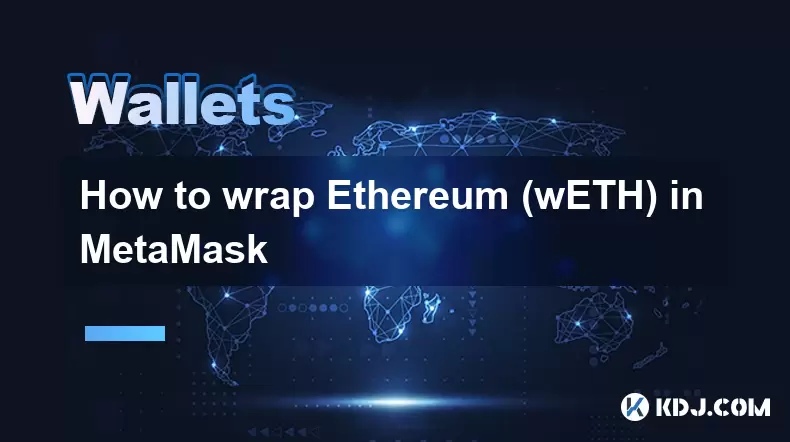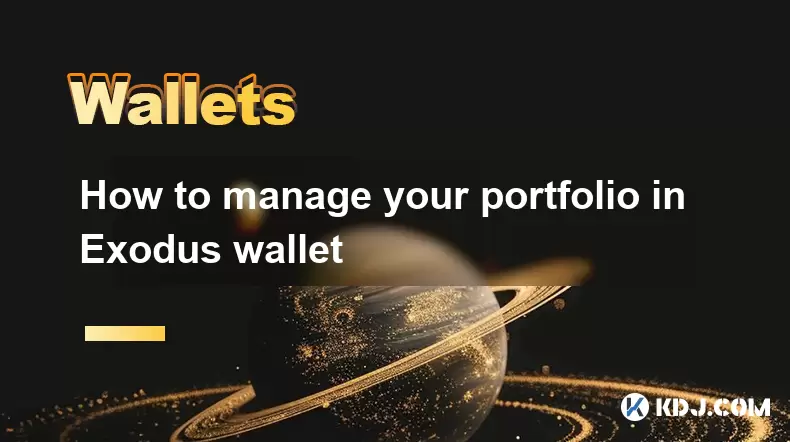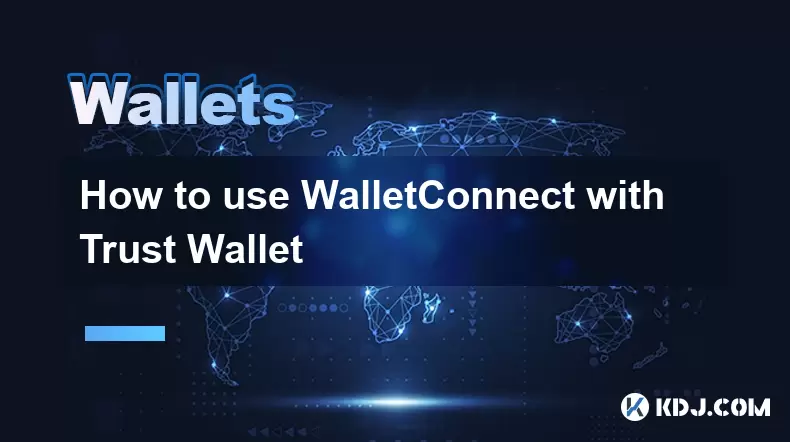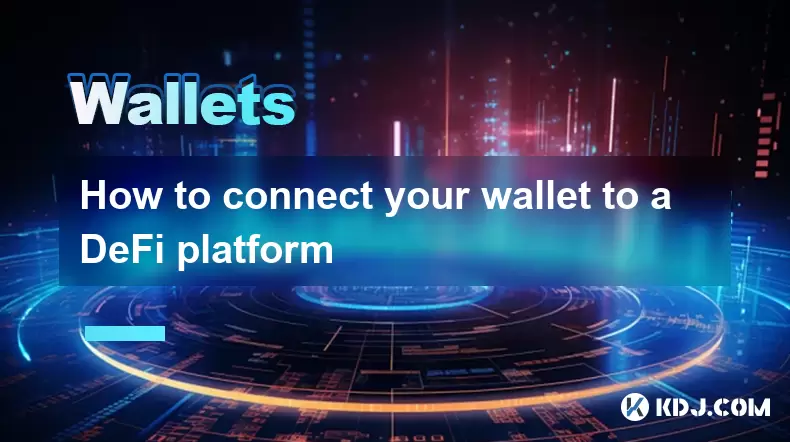-
 Bitcoin
Bitcoin $119200
-0.90% -
 Ethereum
Ethereum $4589
-2.03% -
 XRP
XRP $3.117
-4.82% -
 Tether USDt
Tether USDt $1.000
0.04% -
 BNB
BNB $839.9
-1.38% -
 Solana
Solana $196.4
-2.55% -
 USDC
USDC $0.9999
0.00% -
 Dogecoin
Dogecoin $0.2270
-7.72% -
 TRON
TRON $0.3605
0.74% -
 Cardano
Cardano $0.9306
5.96% -
 Chainlink
Chainlink $22.51
-5.00% -
 Hyperliquid
Hyperliquid $45.20
-1.80% -
 Sui
Sui $3.794
-5.63% -
 Stellar
Stellar $0.4259
-5.59% -
 Bitcoin Cash
Bitcoin Cash $593.1
-2.38% -
 Ethena USDe
Ethena USDe $1.000
-0.01% -
 Hedera
Hedera $0.2540
-3.84% -
 Avalanche
Avalanche $23.93
-4.50% -
 Litecoin
Litecoin $124.1
-5.62% -
 Toncoin
Toncoin $3.398
-1.33% -
 UNUS SED LEO
UNUS SED LEO $9.274
0.30% -
 Shiba Inu
Shiba Inu $0.00001305
-5.57% -
 Uniswap
Uniswap $11.06
-8.90% -
 Polkadot
Polkadot $4.034
-4.88% -
 OKB
OKB $99.33
-10.53% -
 Dai
Dai $0.9999
-0.01% -
 Bitget Token
Bitget Token $4.638
-3.60% -
 Cronos
Cronos $0.1541
-8.58% -
 Aave
Aave $313.0
-4.94% -
 Pepe
Pepe $0.00001127
-8.04%
How to bridge ETH to Polygon with MetaMask
To bridge ETH to Polygon, use the official Polygon PoS Bridge to lock ETH on Ethereum and mint an equivalent amount of WETH on Polygon, enabling fast, low-cost transactions on Polygon dApps.
Aug 13, 2025 at 11:35 am

Understanding the ETH to Polygon Bridge Mechanism
Bridging ETH to Polygon allows users to transfer Ethereum-based assets from the Ethereum mainnet to the Polygon network, enabling faster and cheaper transactions. This process leverages a cross-chain bridge, which securely locks ETH on Ethereum and mints an equivalent amount of wrapped ETH (WETH) on Polygon. The most commonly used bridge is the Polygon PoS Bridge, officially supported by the Polygon team and fully compatible with MetaMask.
To initiate the bridge, users must ensure their MetaMask wallet is connected to both the Ethereum mainnet and the Polygon network. The bridge operates through smart contracts on both chains, ensuring that assets are neither duplicated nor lost during transfer. When ETH is deposited, it is held in a secure contract on Ethereum, while WETH is issued on Polygon in a 1:1 ratio. This mechanism maintains asset integrity across chains.
It is essential to understand that the bridged asset on Polygon is not native ETH but WETH, an ERC-20 token representing ETH. This distinction is crucial for compatibility with decentralized applications (dApps) on Polygon. Most dApps on Polygon accept WETH as a direct substitute for ETH.
Setting Up MetaMask for Polygon Network
Before bridging ETH, MetaMask must be configured to interact with the Polygon network. This involves adding the Polygon network parameters to the wallet. Open MetaMask and ensure you are on the Ethereum mainnet. Click on the network dropdown at the top and select "Add Network."
Enter the following details for the Polygon Mainnet (PoS):
- Network Name: Polygon Mainnet
- New RPC URL: https://polygon-rpc.com
- Chain ID: 137
- Currency Symbol: MATIC
- Block Explorer URL: https://polygonscan.com
After entering these values, click "Save". MetaMask will now recognize the Polygon network. To switch between Ethereum and Polygon, simply use the network selector. This configuration is required to view and manage assets on both chains after the bridge completes.
Navigating the Polygon Bridge Interface
Access the official Polygon Bridge at https://wallet.polygon.technology/bridge. This portal is the primary gateway for transferring assets between Ethereum and Polygon. Upon visiting, click "Connect Wallet" and select MetaMask from the options. Confirm the connection in the MetaMask pop-up.
Once connected, the interface displays two panels: one for the Ethereum network and another for the Polygon network. Ensure your Ethereum account contains sufficient ETH for the transfer and gas fees. The bridge supports multiple assets, but for this process, focus on ETH.
In the "From" section, select Ethereum. In the "To" section, select Polygon. The asset selection will default to ETH if available. Enter the amount of ETH you wish to bridge. Note that a small amount of ETH should be retained on Ethereum to cover gas fees for the deposit transaction.
Executing the ETH to Polygon Transfer
After entering the desired amount, click "Transfer". MetaMask will prompt a transaction confirmation. This is the deposit transaction on the Ethereum network. Carefully review the following details:
- The amount of ETH being sent
- The gas fee in ETH
- The recipient contract address (Polygon Bridge contract)
Click "Confirm" to broadcast the transaction. This action locks the specified ETH in the bridge contract on Ethereum. The transaction will appear in MetaMask under the "Activity" tab. Wait for the transaction to be confirmed on the Ethereum blockchain, which may take several minutes depending on network congestion.
Once confirmed, the bridge initiates the minting process on Polygon. This second phase requires a checkpoint confirmation, a security mechanism where Polygon validators finalize the deposit. This process typically takes 7 to 30 minutes. No further action is required during this period.
After checkpointing, WETH will appear in your MetaMask wallet under the Polygon network. To view it, switch MetaMask to the Polygon Mainnet and ensure WETH is added as a token.
Adding WETH to MetaMask on Polygon
By default, MetaMask may not display WETH after the bridge completes. To manually add it, switch to the Polygon network in MetaMask. Click on the "Import Tokens" button at the bottom of the wallet interface.
Enter the WETH contract address on Polygon:0x7ceb23fd6bc0add59e62ac25578270cff1b9f619
Ensure the token symbol WETH and decimals 18 are auto-filled. Click "Add Custom Token", then "Import Tokens". The WETH balance will now be visible in your wallet.
This token represents your bridged ETH and can be used across Polygon dApps such as QuickSwap, Aave, or SushiSwap. Always verify the contract address to avoid phishing tokens.
Troubleshooting Common Bridge Issues
If the WETH does not appear after the expected time, first verify the transaction status on Polygonscan. Copy the Ethereum transaction hash from MetaMask and paste it into https://polygonscan.com. If the deposit is confirmed but not reflected, the checkpoint may still be pending.
In rare cases, the bridge may require a manual sync. On the bridge interface, click "Sync" or "Claim" if prompted. This triggers the final step of minting WETH on Polygon.
Another common issue is insufficient MATIC for gas fees on Polygon. While the bridge doesn’t charge MATIC for receiving WETH, interacting with dApps afterward requires MATIC. Send a small amount of MATIC to your wallet on Polygon to cover future transaction costs.
Network selection errors in MetaMask can also cause confusion. Always double-check that you are viewing the Polygon network when checking WETH balance.
Frequently Asked Questions
Can I bridge ETH to Polygon using a different wallet?
Yes, the Polygon Bridge supports multiple wallets including WalletConnect, Coinbase Wallet, and Trust Wallet. However, MetaMask remains the most widely used due to its seamless integration with Ethereum and Polygon dApps.
Is there a minimum or maximum amount of ETH I can bridge?
The Polygon Bridge does not enforce a strict minimum, but very small amounts may not be practical due to gas costs. There is no official maximum per transaction, though large transfers may require multiple batches for security and efficiency.
What happens if I send ETH directly to a Polygon address without using the bridge?
Sending ETH directly from Ethereum to a Polygon address will result in permanent loss of funds. The two networks are incompatible at the protocol level. Always use the official bridge to transfer assets.
Does bridging ETH to Polygon incur fees in MATIC?
No, the initial deposit and WETH minting do not require MATIC. Fees are paid in ETH on the Ethereum network for the deposit transaction. MATIC is only needed for transactions on the Polygon network after the bridge completes.
Disclaimer:info@kdj.com
The information provided is not trading advice. kdj.com does not assume any responsibility for any investments made based on the information provided in this article. Cryptocurrencies are highly volatile and it is highly recommended that you invest with caution after thorough research!
If you believe that the content used on this website infringes your copyright, please contact us immediately (info@kdj.com) and we will delete it promptly.
- Kazakhstan's Crypto Leap: Bitcoin ETF and Central Asia's Digital Finance Future
- 2025-08-13 12:45:19
- BlockDAG Presale Blazes Past $371M: Fundraising Frenzy Fuels Crypto Sensation
- 2025-08-13 13:05:21
- Meme Coins: Chasing the 2025 Surge – Which Will Moonshot?
- 2025-08-13 10:25:23
- Bitcoin's Wild Ride: Rally, Pullback, and What's Next
- 2025-08-13 10:25:23
- Bitcoin, Bitmax, and Institutional Demand: A New Era of Crypto Investment
- 2025-08-13 10:45:12
- Solana, ROAM, and Airdrops: What's the Buzz in 2025?
- 2025-08-13 11:35:13
Related knowledge

How to wrap Ethereum (wETH) in MetaMask
Aug 13,2025 at 11:36am
Understanding Wrapped Ethereum (wETH)Wrapped Ethereum (wETH) is a tokenized version of native Ethereum (ETH) that conforms to the ERC-20 standard, ena...

How to manage your portfolio in Exodus wallet
Aug 08,2025 at 10:07pm
Understanding the Exodus Wallet InterfaceThe Exodus wallet is a non-custodial cryptocurrency wallet that supports a wide range of digital assets. When...

How to manage your portfolio in Exodus wallet
Aug 13,2025 at 11:35am
Understanding the Exodus Wallet InterfaceThe Exodus wallet is a non-custodial cryptocurrency wallet that supports a wide range of digital assets. Upon...

How to reset your MetaMask password
Aug 08,2025 at 01:28pm
Understanding the MetaMask Password Reset ProcessMany users confuse the MetaMask password with the seed phrase or private key, but they serve differen...

How to use WalletConnect with Trust Wallet
Aug 13,2025 at 01:07am
What Is WalletConnect and Why It Matters for Trust Wallet UsersWalletConnect is an open-source protocol that enables secure communication between dece...

How to connect your wallet to a DeFi platform
Aug 13,2025 at 11:36am
Understanding Wallet Compatibility with DeFi PlatformsBefore connecting your wallet to any DeFi platform, it's essential to ensure your wallet is comp...

How to wrap Ethereum (wETH) in MetaMask
Aug 13,2025 at 11:36am
Understanding Wrapped Ethereum (wETH)Wrapped Ethereum (wETH) is a tokenized version of native Ethereum (ETH) that conforms to the ERC-20 standard, ena...

How to manage your portfolio in Exodus wallet
Aug 08,2025 at 10:07pm
Understanding the Exodus Wallet InterfaceThe Exodus wallet is a non-custodial cryptocurrency wallet that supports a wide range of digital assets. When...

How to manage your portfolio in Exodus wallet
Aug 13,2025 at 11:35am
Understanding the Exodus Wallet InterfaceThe Exodus wallet is a non-custodial cryptocurrency wallet that supports a wide range of digital assets. Upon...

How to reset your MetaMask password
Aug 08,2025 at 01:28pm
Understanding the MetaMask Password Reset ProcessMany users confuse the MetaMask password with the seed phrase or private key, but they serve differen...

How to use WalletConnect with Trust Wallet
Aug 13,2025 at 01:07am
What Is WalletConnect and Why It Matters for Trust Wallet UsersWalletConnect is an open-source protocol that enables secure communication between dece...

How to connect your wallet to a DeFi platform
Aug 13,2025 at 11:36am
Understanding Wallet Compatibility with DeFi PlatformsBefore connecting your wallet to any DeFi platform, it's essential to ensure your wallet is comp...
See all articles

























































































